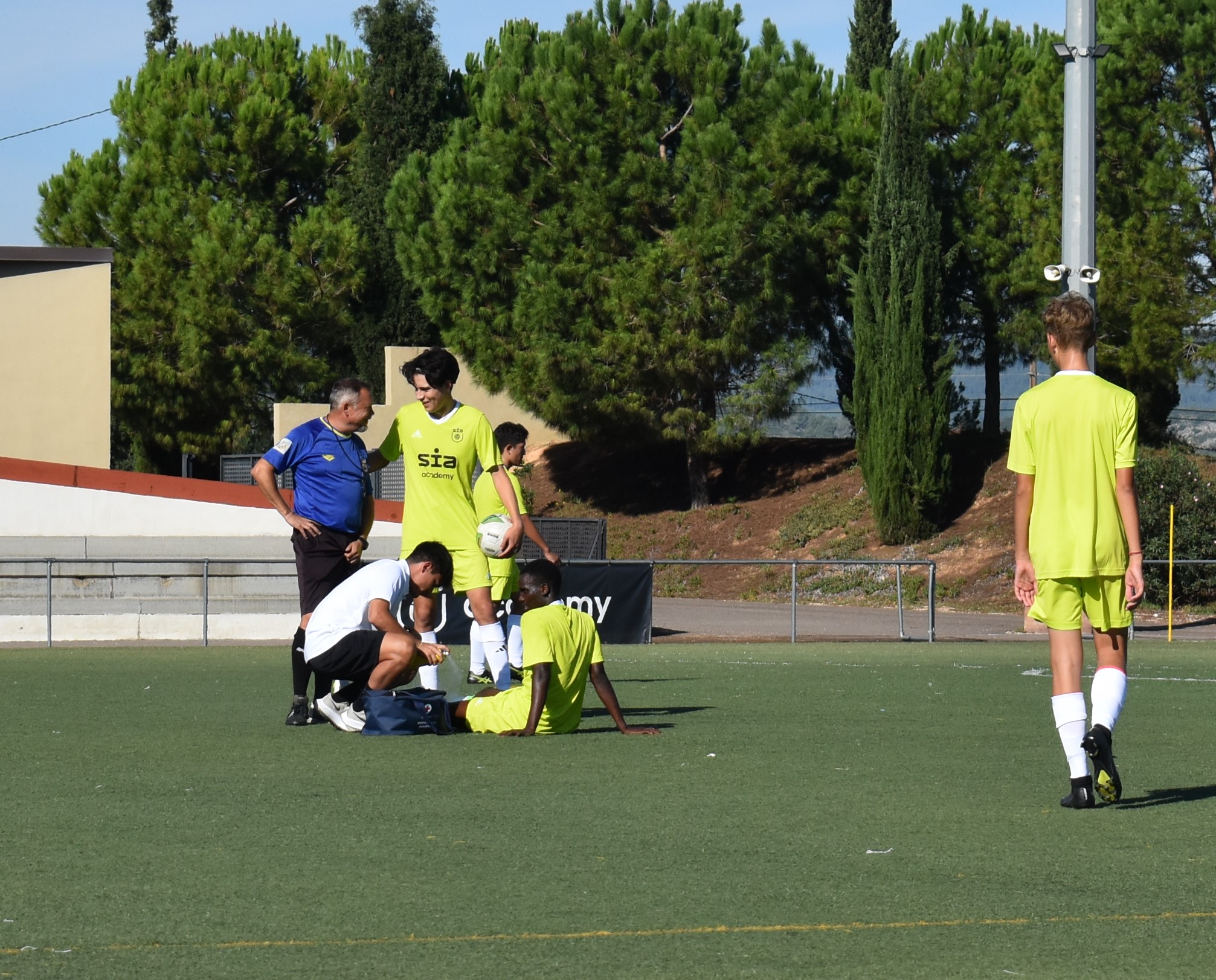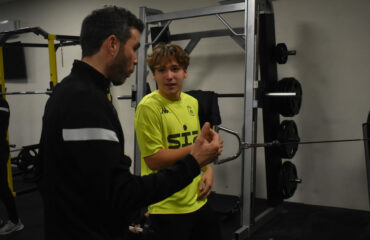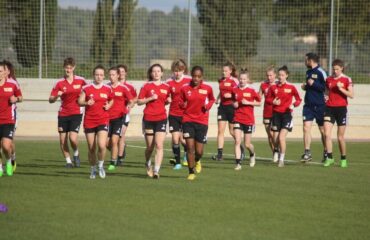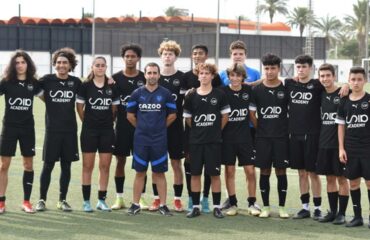SPORTS PHYSIOTHERAPY: A FOCUS ON FOOTBALLERS
Why is it important to meet recovery deadlines when an athlete is injured?
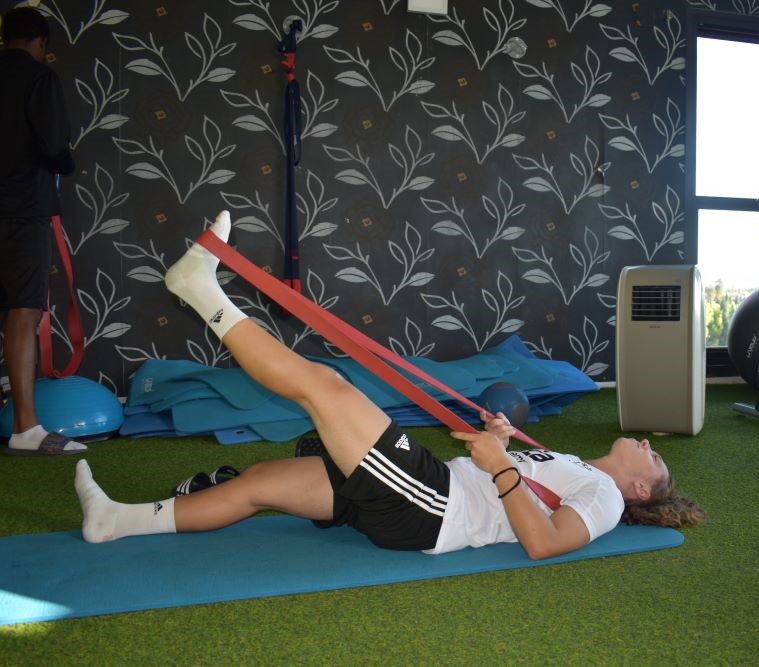
When an athlete is injured, it is necessary to make a thorough assessment and see the degree of injury and what is affected in order to make a tailor-made rehabilitation (Just like when you go to the tailor, he measures you to make a suit to fit you perfectly).
Once the plan of attack has been made, it is possible to shorten the time frame, but everything has its risks, as every time we shorten the time frame we increase the possibility of relapse or other problems.
What factors need to be taken into account for a good recovery from injury?
For a good recovery after an injury, the following factors must be taken into account:
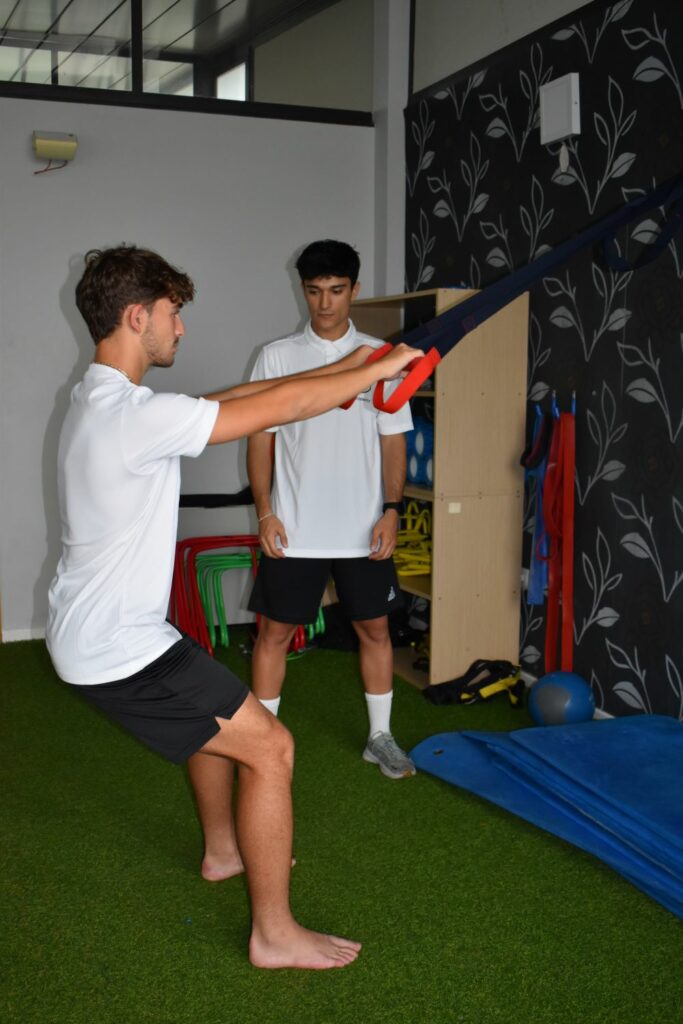
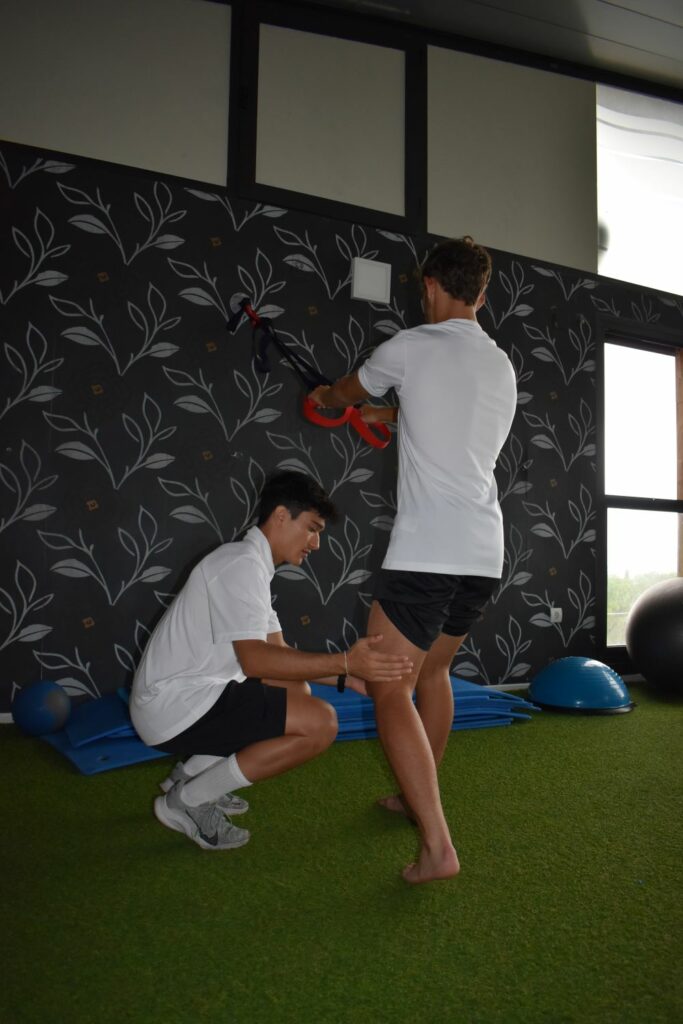
1. Tissue Healing and Repair:
When an athlete is injured, damaged tissues require time to heal properly.
This process involves the regeneration and strengthening of affected muscles, ligaments, tendons or other anatomical components. Rushing a return to activity without completing this process increases the risk of relapse, developing chronic problems or even compromising other structures. Example:
Let’s imagine a footballer who suffers an anterior cruciate ligament injury in the knee. If the time needed for rehabilitation (10 months) is not respected, we increase the risk of re-injury by 50% every month that we reduce the time off.
Moreover, if this recovery is not adequate, it could lead to an injury to the contralateral limb. This situation would not only prolong the player’s absence, but could also have long-term consequences on his career.
2. Prevention of Compensations and Imbalances:
When an athlete is injured, it is common for the body to adapt its movements and functions to avoid pain or additional stress on the affected area.
These changes can lead to muscle compensations and imbalances in the biomechanics of the body, thus causing the biomechanics to be suboptimal. Adhering to recovery timelines allows these challenges to be addressed and normal functionality to be restored gradually and safely.
At SIA, we also take into account after the initial pre-season assessment, modify these imbalances during the season with a preventative plan and take advantage of the time during an injury to add corrective exercises to the injury rehabilitation. Example:
Imagine a football player who suffers an ankle injury. If he returns to the field before completing his recovery, his body is likely to adopt compensatory movement patterns to avoid putting pressure on the injured ankle.
This can lead to an increased workload on other areas of the body, increasing the risk of secondary injuries.
3. Prevention of Relapse and Secondary Injuries:
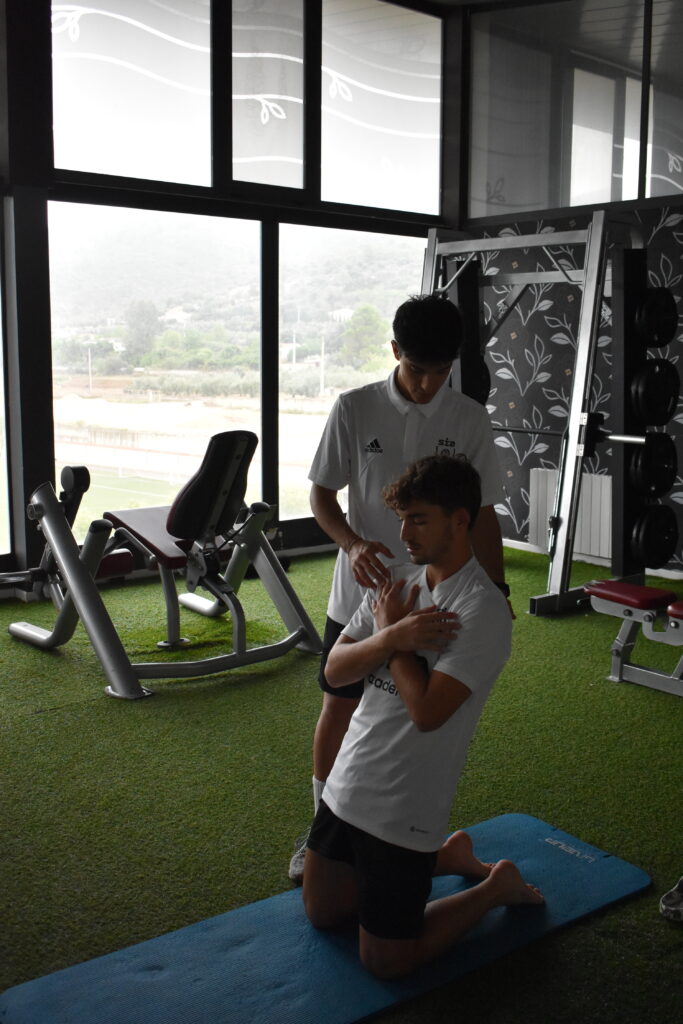
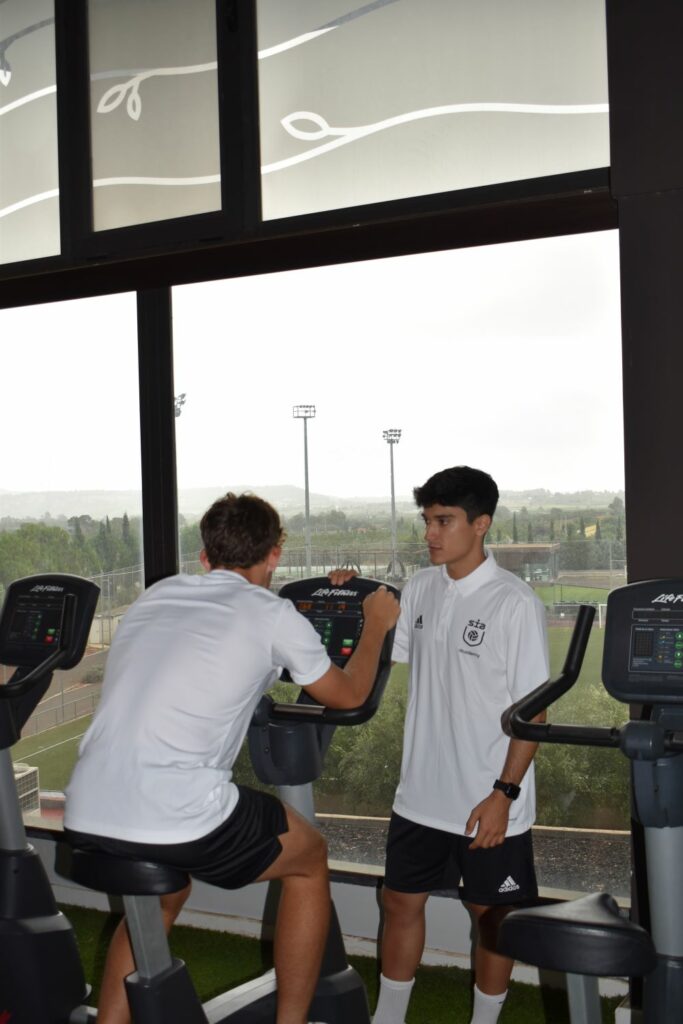
One of the main reasons for establishing recovery timelines is to minimise the risk of relapses. Forcing a return to activity before the body is fully recovered may result in a new injury or worsen an existing condition.
This scenario would not only prolong the athlete’s absence, but may also have long-term consequences on their sporting performance. Example:
If a footballer suffers a torn thigh muscle and does not adequately complete his recovery process, there is a significant risk of relapse during play.
This would not only affect his participation in that particular match, but could also lead to a more serious injury requiring an even longer recovery time.
4. Restoration of the Athlete’s Confidence and Security:
Returning to sport after injury can be a mentally challenging process. Meeting recovery deadlines provides the athlete with the confidence that their body is ready to cope with the physical demands of sport.
This is crucial to avoid anxiety and worry about a possible relapse. Example:
A striker who has suffered a hamstring injury may experience apprehension when performing sprints or sharp turns. If he is allowed to return to the field early, his confidence is likely to be affected, which could have a negative impact on his performance and contribution to the team.
With all of the above explained, we can be left with the idea that strict adherence to recovery times in sports physiotherapy is essential to ensure a full and safe recovery of athletes, especially in the context of high performance football.
Although shortened recovery times are common at the first level, ignoring these timescales can lead to relapses, secondary injuries and a decrease in athlete confidence. By prioritising health and wellness in the short term, the foundation is laid for sustainable and successful long-term performance in sport.



